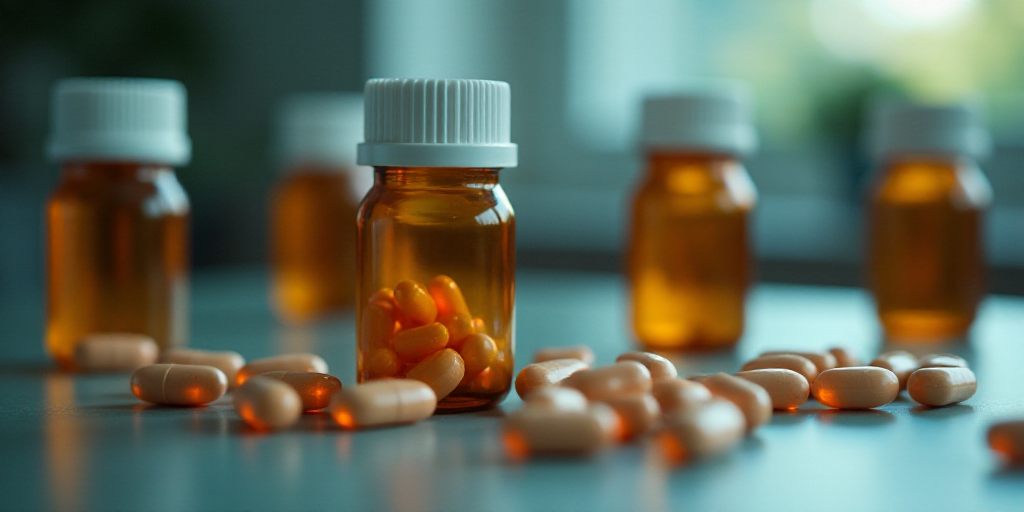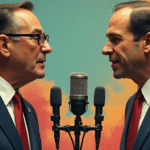Background on the Issue and Key Players
The illegal trade of medications in Mexico has reached alarming levels, projected to exceed 35,000 million pesos by 2025. This places Mexico fifth globally in this illicit activity, trailing behind the United States, India, China, and Turkey. Juvenal Becerra Orozco, president of the National Union of Pharmacy Entrepreneurs (UNEFARM), raised these concerns during the 15th National Congress of Pharmacies.
Current State and Growth Factors
Currently, the illegal medication market represents 12.5% of Mexico’s national market, valued over 280,000 million pesos. The illegal medication trade is growing annually and includes drugs entering through Mexico’s southern border with Guatemala, turning it into an international issue.
UNEFARM projects a 10% increase in the counterfeit drug market this year compared to 2024. Factors driving this growth include an aging population, the need for chronic degenerative disease treatments, and advancements in technology facilitating drug counterfeiting.
According to UNEFARM, 3 to 4 out of every 10 medications consumed in Mexico are irregular, endangering the health of those purchasing them from the illegal market.
Although initially detected in treatments for chronic degenerative diseases, counterfeit drugs now cover almost all therapeutic areas. Even aspirin clones have been identified.
Illegal medications are often 60-70% cheaper than those sold in regulated, established pharmacies.
Risks and Recommendations
Becerra Orozco emphasized that patients should understand the risks of buying from unregulated sources like street markets, local shops, or unverified websites. He also mentioned that artificial intelligence has made counterfeiting easier and that fake packages increasingly resemble genuine products.
To combat this “black market,” Cofepris conducts operations in markets and known “medicine sanctuaries,” confiscating tons of illegal products.
UNEFARM’s president recommends opting for generic medications, which are accessible treatment options for chronic diseases when purchased from regulated pharmacies.
Extortion Concerns in the Pharmacy Industry
Besides the illegal drug trade, extortion poses another significant concern for pharmacy owners in Mexico, according to UNEFARM’s president.
Becerra Orozco reported a rise in extortion cases, especially in Mexico’s eastern valley, particularly in Iztapalapa, Chalco, Valle de Chalco, and Los Reyes. Pharmacy owners have been forced to pay fees ranging from 10,000 to 500,000 pesos and, in some cases, close their establishments.
In the second quarter of this year, 10 extortion cases were reported in this area compared to only two during the same period last year.
Nationally, around 30 extortion cases have been reported in the same period, causing losses of approximately 100 million pesos.
Key Questions and Answers
- What is the extent of the illegal medication trade in Mexico? It is projected to surpass 35,000 million pesos by 2025, placing Mexico fifth globally in this illicit activity.
- What factors contribute to the growth of the illegal medication market? An aging population, increased demand for chronic degenerative disease treatments, and advancements in counterfeiting technology drive this growth.
- What risks do consumers face when purchasing from the illegal medication market? Patients risk their health as 3 to 4 out of every 10 medications in Mexico are irregular, and counterfeit drugs can be 60-70% cheaper than legitimate ones.
- How is the Mexican government addressing this issue? Cofepris conducts operations in markets and known “medicine sanctuaries” to combat the illegal drug trade.
- What other challenges does the pharmacy industry face in Mexico? Extortion is a growing concern, with pharmacy owners facing increasing pressure to pay fees or close their establishments.






